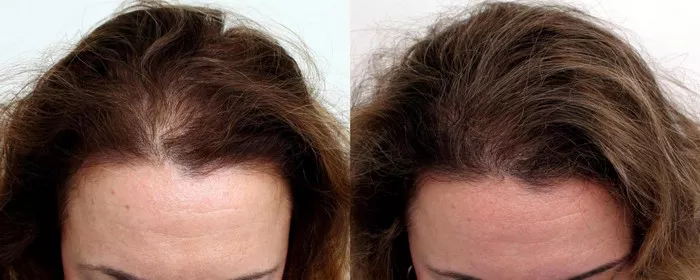Hair transplantation is a transformative procedure for individuals experiencing hair loss, offering a natural and lasting solution. A common question among those considering the procedure is, “How many hair follicles can be transplanted in a single session?” This article explores the factors influencing the quantity of transplanted hair follicles and what individuals can expect from a typical hair transplant session.
Understanding the Limitations
The number of hair follicles that can be transplanted in a single session is not a one-size-fits-all answer. The feasibility of transplanting a specific quantity of hair follicles depends on various factors, including the patient’s donor hair availability, the chosen transplant method, and the surgeon’s expertise.
Patient-Specific Factors
One of the primary determinants of the number of hair follicles that can be transplanted is the availability of suitable donor hair. The donor area is typically the back or sides of the head, where hair is genetically resistant to the hormone responsible for hair loss. The density and quality of the donor hair play a crucial role in determining how many hair follicles can be harvested for transplantation.
In some cases, individuals with extensive hair loss may require multiple sessions to achieve the desired level of coverage. However, patients with a higher density of donor hair may be able to achieve satisfactory results in a single session.
Transplantation Methods: FUT vs. FUE
The choice of transplantation method also influences the number of follicles that can be transplanted in a single session. Follicular Unit Transplantation (FUT) and Follicular Unit Extraction (FUE) are the two primary techniques employed in hair transplantation.
1. Follicular Unit Transplantation (FUT)
FUT involves removing a strip of tissue from the donor area, dissecting it into individual follicular units, and then transplanting these units into the recipient area. The advantage of FUT is that it allows for the transplantation of a large number of follicles in a single session. The number can range from 2,000 to 5,000 follicles or more, depending on the patient’s specific case.
2. Follicular Unit Extraction (FUE)
FUE, on the other hand, involves the extraction of individual follicular units directly from the donor area using a small punch tool. While FUE is a more time-consuming process, it provides the benefit of minimal scarring. The number of follicles transplanted in a single FUE session is typically lower than with FUT, ranging from 1,000 to 3,000 follicles.
Surgeon’s Expertise and Team Efficiency
The surgeon’s experience and the efficiency of the transplant team are critical factors that can influence the number of follicles transplanted in a single session. An experienced surgeon can maximize the yield from the donor area while minimizing trauma to the scalp. Additionally, a skilled team can contribute to the speed and precision of the transplantation process, allowing for the transplantation of a greater number of follicles in a shorter time frame.
Patient Expectations and Desired Results
The desired level of coverage and the patient’s expectations also play a role in determining the number of follicles to be transplanted. During the pre-operative consultation, the surgeon and patient discuss the goals of the procedure, and a realistic expectation is set based on the available donor hair and the extent of hair loss.
It’s important for patients to understand that achieving full density in a single session may not always be feasible, especially for those with extensive hair loss. Multiple sessions may be recommended to achieve optimal results gradually.
Post-Operative Care and Healing Time
After a hair transplant, proper post-operative care is crucial for the success of the procedure. Patients are typically advised to follow specific guidelines to ensure the healing of both the donor and recipient areas. Adhering to these guidelines can contribute to a successful outcome and help protect the transplanted hair follicles.
See Also: Post-Transplant Shedding: A Guide to Patience & Progress
Conclusion
In conclusion, the number of hair follicles that can be transplanted in a single session is influenced by various factors, including the patient’s donor hair availability, the chosen transplantation method, the surgeon’s expertise, and the patient’s expectations. While it’s possible to transplant a significant number of follicles in a single session, achieving full density may require multiple sessions, particularly for individuals with extensive hair loss. Patients considering a hair transplant should have realistic expectations and engage in open communication with their surgeon to determine the best approach for their specific case. A thorough consultation and personalized treatment plan will ensure that the patient receives the maximum benefit from the hair transplantation procedure.


